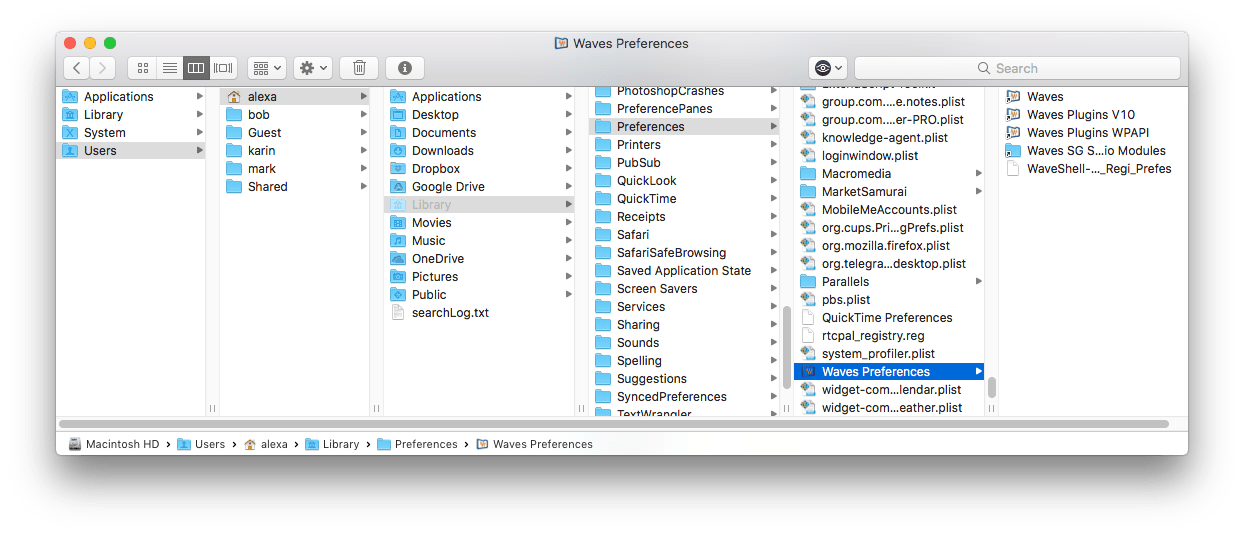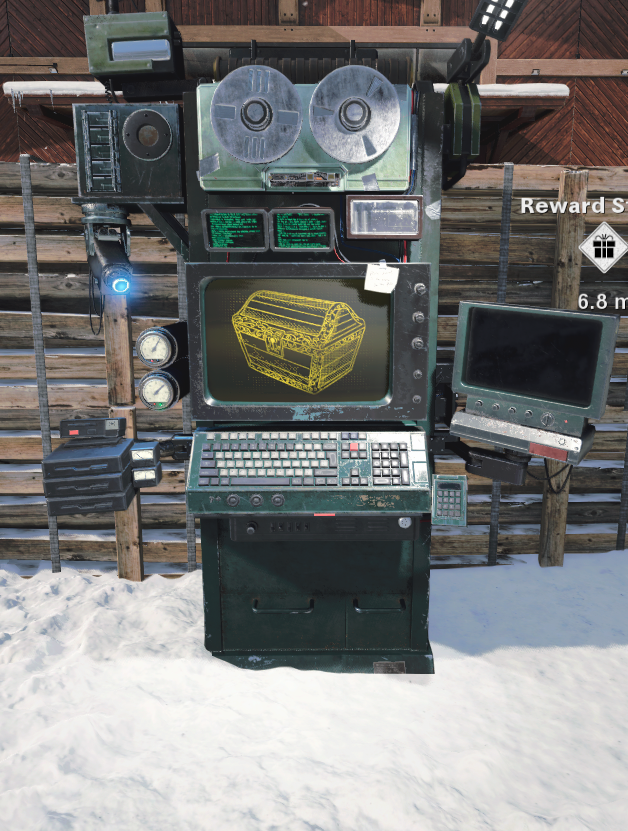

The arbitrated loop during initialization, only one FL port becomes operational and the other FL ports enter nonparticipating NL ports (including FL ports in other switches) to form a public, arbitrated loop. This port can be connected to one or more In fabric loop port (FL port) mode, an interface functions as a fabric loop port. F ports support Class 2 and Class 3 services. An F port can beĪttached to only one N port. To a peripheral device (host or disk) operating as an N port. Port) mode, an interface functions as a fabric port. Port channel, see Configuring PortChannels. Support Class 2, Class 3, and Class F services.Īn E port connected to another switch can also be configured to form a port channel. They serve as a conduit between switches for frames destined for remote N ports and NL ports. E ports carry frames between switches for configurationĪnd fabric management. This port can be connected to anotherĮ port to create an Inter-Switch Link (ISL) between two switches. In expansion port (E port) mode, an interface functions as a fabric expansion port. Type of module is inserted, the original configuration is no longer retained. When a module is removed and replaced with the same type of module, the original configuration is retained. Some values, for example, operational speed, may not be valid when the interface is down. This status cannotīe changed and is read-only. The operational status represents the current status of a specified attribute, such as the interface speed. This configuration has various attributes that you The administrative configuration does not change unless you modify it.
Waves nx trial remove series#
For more information about VSAN, see the Cisco MDS 9000 Series NX-OS Fabric Configuration Guide.Īn associated administrative configuration and an operational status:

Interfaces are created in VSAN 1 by default. These two modes determine the port typeįigure 1. Besides these modes, each interface may be configured in auto or Fx port modes. TE port, SD port, ST port, and B port (see Figure 1).

You can also use the description to identify the traffic or the use for a specific interface.Įach physical Fibre Channel interface in a switch may operate in one of several port modes: E port, F port, FL port, TL port, Using a unique name for each interface allows you to quickly identify an interface when you are looking at a listing of multiple Interfaces, Gigabit Ethernet interfaces, the management interface (mgmt0), or VSAN interfaces.įor Fibre Channel interfaces, you can configure the description parameter to provide a recognizable name for an interface. The configured interfaces can be Fibre Channel The interfaces through which the frames are received and sent must be defined. To relay the frames, the characteristics of The main function of a switch is to relay frames from one data link to another. See a list of the releases in which each feature is supported, see the New and Changed chapter or the Feature History table To find information about the features documented in this module, and to
Waves nx trial remove software#
See the Bug Search Tool at and the release notes for your software release. For the latest caveats and feature information, Your software release might not support all the features documented in this module.
Waves nx trial remove how to#
This chapter provides information about interfaces and how to configure interfaces.



 0 kommentar(er)
0 kommentar(er)
